Trend of pouring money into R&D
Instead of copying products from Japan, the US or Europe, companies in China are pouring money into research and development (R&D).
By the end of 2022, listed companies in China spent 1.64 trillion yuan ($228 million) on research programs, 2.6 times more than five years earlier.
Jiangsu Shemar Electric, a company listed on the Shanghai Stock Exchange, has developed a composite insulator that is lighter, safer and has a longer lifespan than traditional ceramic insulators. It has “taken a 90% market share in the US and Europe,” said Wu Jing, vice president of the company.
Jiangsu Shemar Electric is one of many companies in China that are boosting R&D programs to enhance competitiveness. Jiangsu has 216 researchers alone, accounting for 14% of its total staff. More broadly, listed companies in China have 3.08 million researchers and R&D staff.
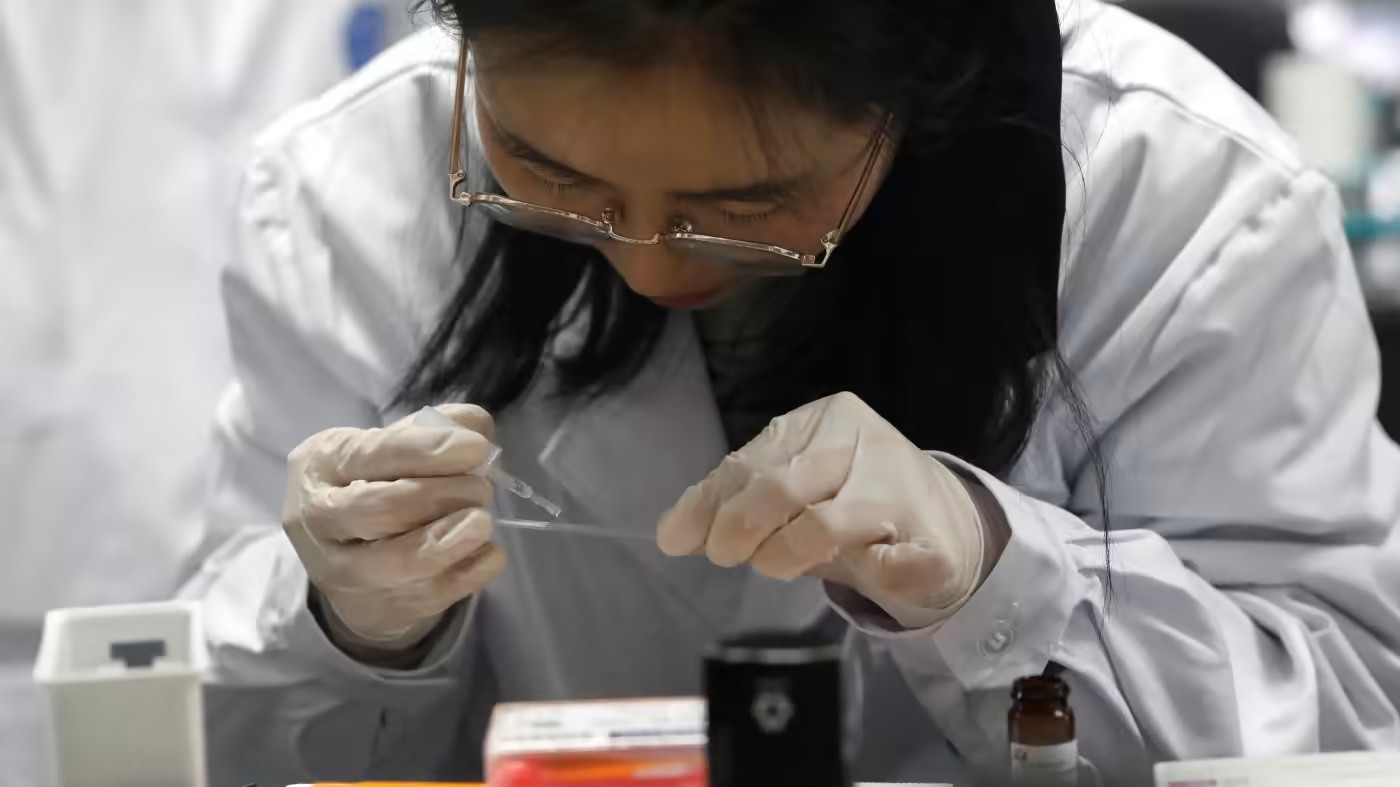
Meanwhile, electric car manufacturer BYD has the largest R&D team with 69,697 employees, 590 of whom have doctoral degrees and 7,827 have master's degrees. Notably, most of them have studied at top schools in the US and Europe.
With a strong research force, BYD has launched high-tech products such as high-capacity “blade-battery” (electric battery) using lithium-iron-phosphate.
At Hygon Information Technology, a semiconductor company that supplies chips for data centers and artificial intelligence, R&D staff make up 90% of the workforce, with an average annual income of 890,000 yuan ($123,812), although most are in their 20s or 30s.
There are several reasons why China is urging companies to stop relying on foreign partners. One is the increasingly bitter rivalry between Washington and Beijing. Then there is the slowing Chinese economy, which has been hit by a slump in the real estate market.
Leading in scientific research publishing
China continues to maintain its top position in the quantity and quality of scientific research papers, Japan'seducation ministry said, a sign that Beijing has a research system that is increasingly independent of the West.
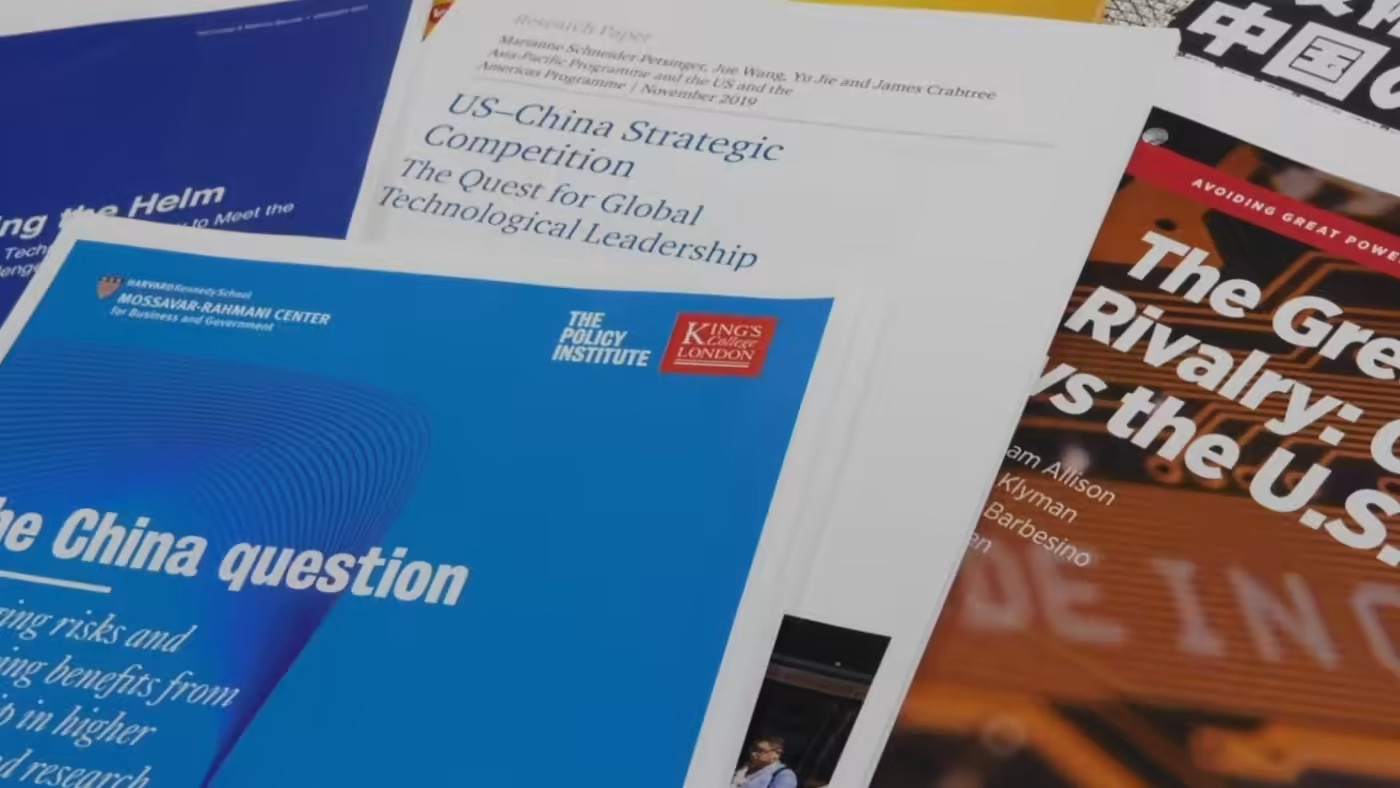
The annual report of the Japanese Ministry of Education is based on data from the British company Clarivate, focusing on 2020 data, taking the average of all three years up to 2021. Accordingly, China produces 24.6% of the world's total research, 8.5 percentage points higher than the US, and accounts for nearly 30% of the top 10% and 1% of the most cited reports.
However, some observers say the world's second-largest economy's steady rise is partly due to domestic researchers "cross-citing" each other's work.
Specifically, only 29% of American scientists cited the reports of their “compatriots”, this rate was even below 20% in Japan, South Korea, the UK, Germany and France. Meanwhile, China had a rate of up to 60%, up from 48% compared to 10 years earlier. However, this “does not change the fact that China’s research capabilities cannot be underestimated”, according to the announcement of the research institute under the Japanese Ministry of Education.
In prestigious scientific journals such as Nature and Science, Beijing has 20% of publications, less than the US's 70% rate, but still ranks in the top four after surpassing Japan and France to rank below the UK and Germany.
Meanwhile, Iran shows a significant presence in fields such as energy and thermodynamics, and ranks fourth worldwide in the number of science and engineering graduates from US institutions.
Iranian research is frequently cited by scientists in China, India and Saudi Arabia, indicating the emergence of a research community among developing countries in Asia and the Middle East.
(According to Asia Nikkei)
Source


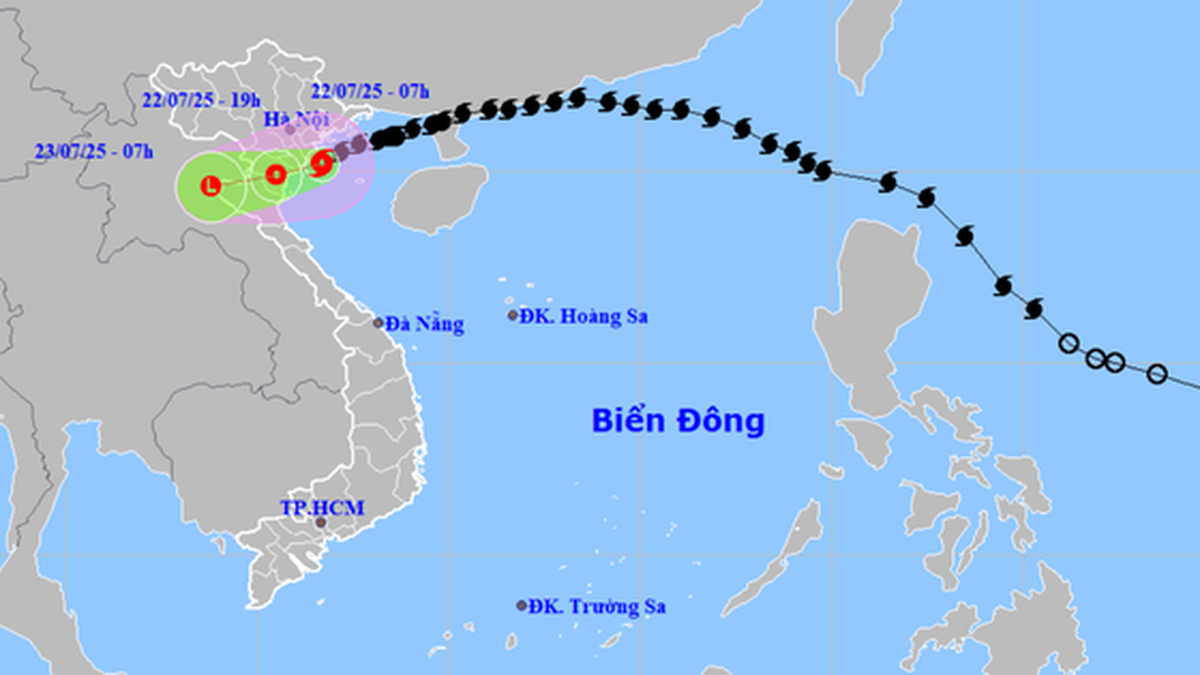


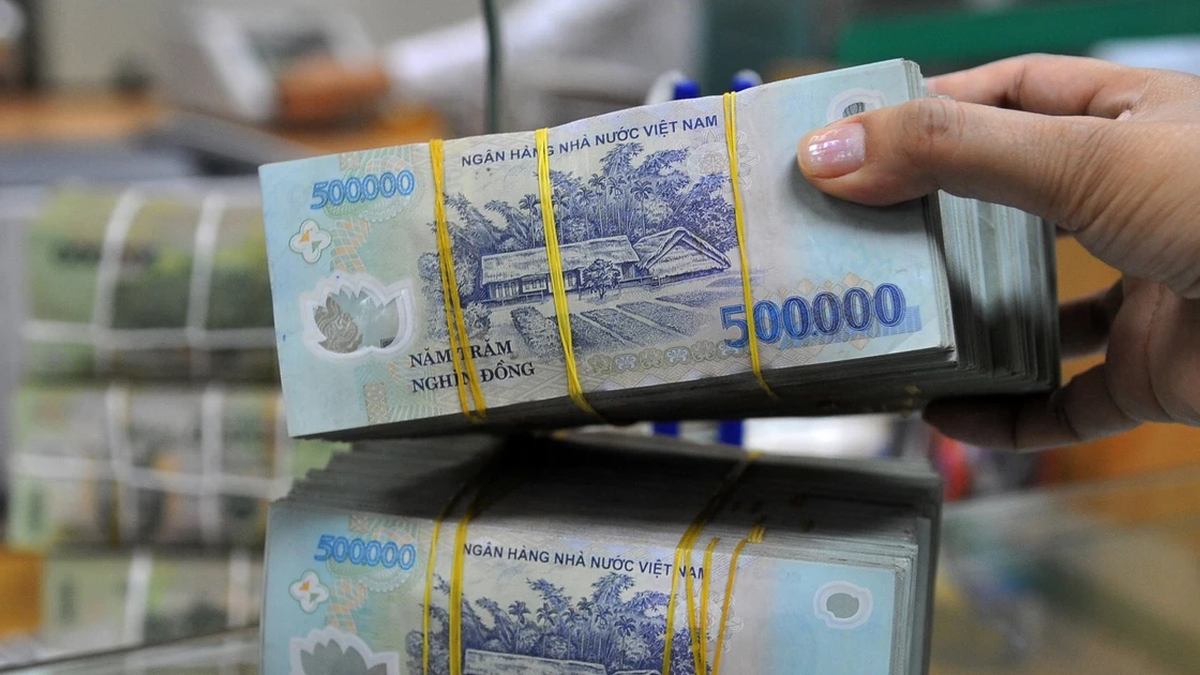

























![[Photo] National Assembly Chairman Tran Thanh Man visits Vietnamese Heroic Mother Ta Thi Tran](https://vphoto.vietnam.vn/thumb/1200x675/vietnam/resource/IMAGE/2025/7/20/765c0bd057dd44ad83ab89fe0255b783)





































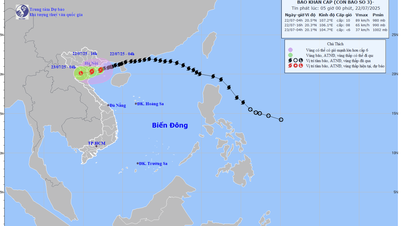







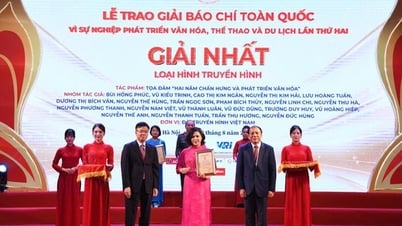


























Comment (0)